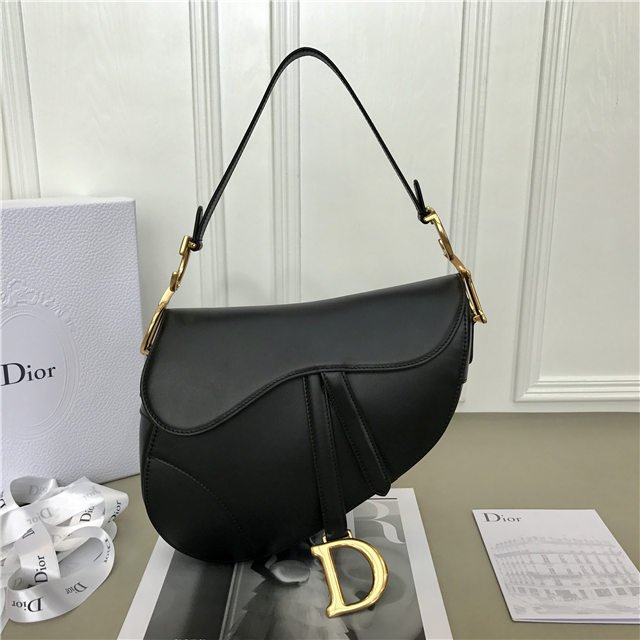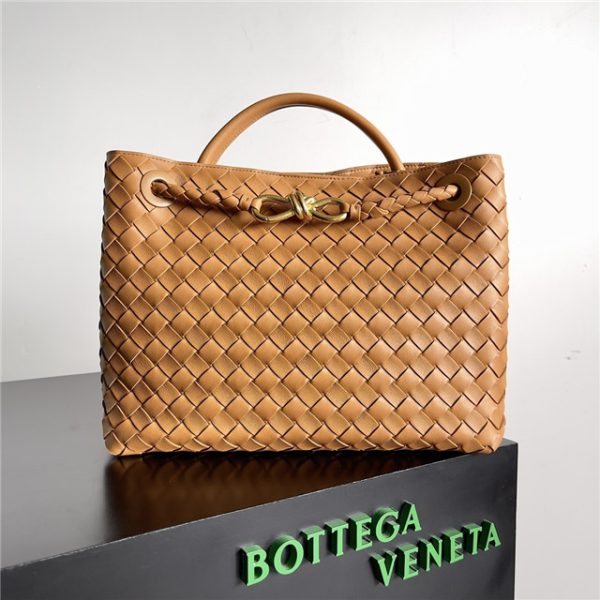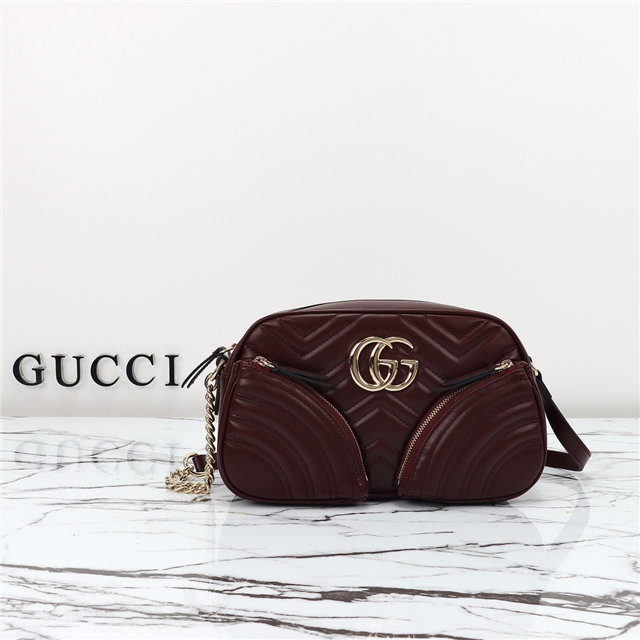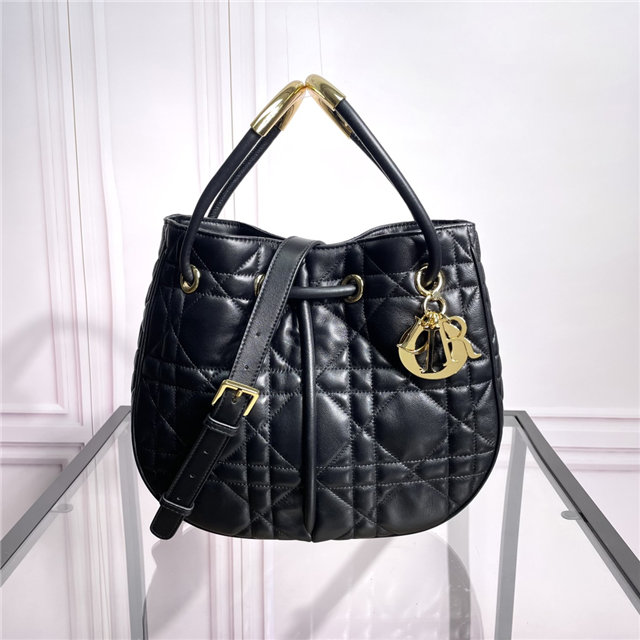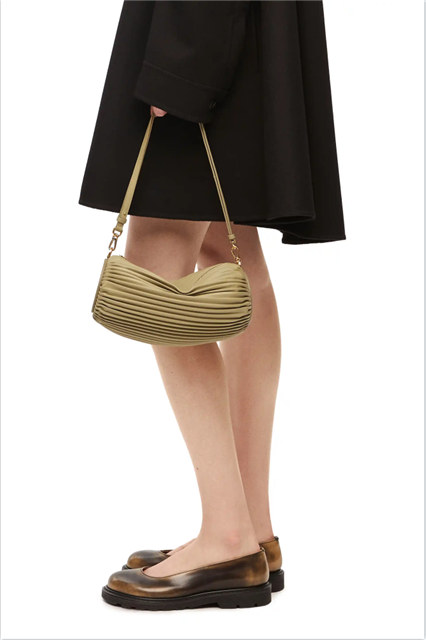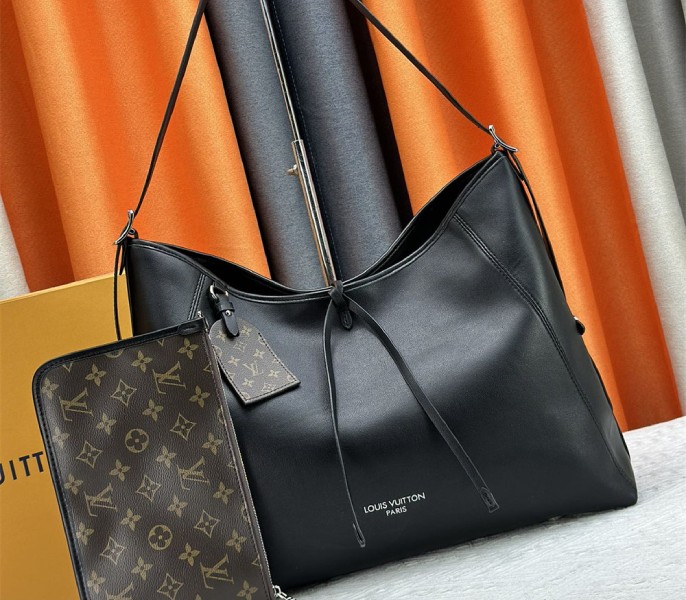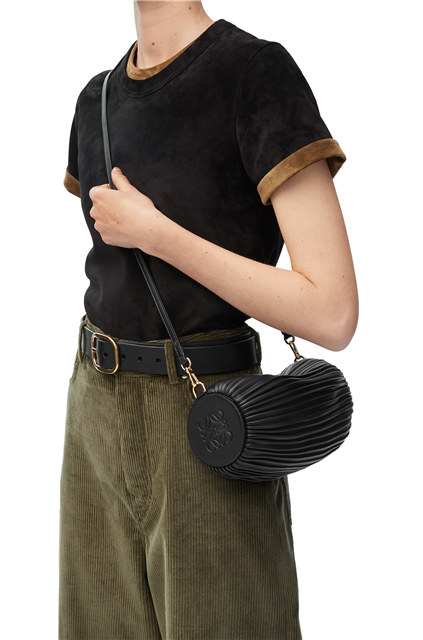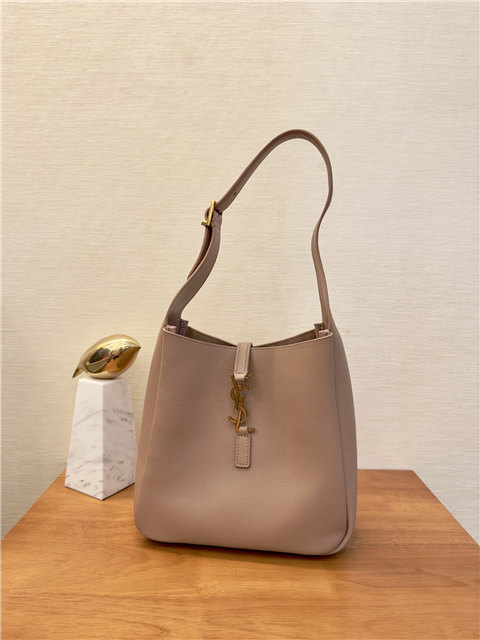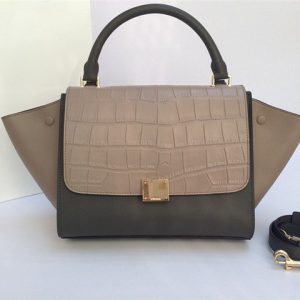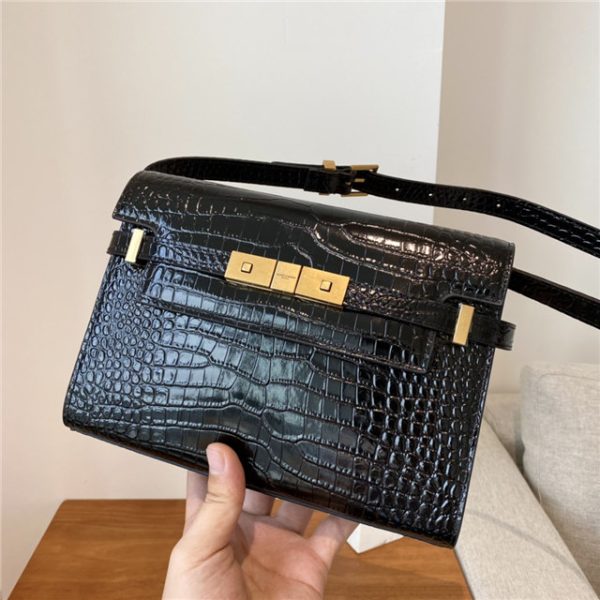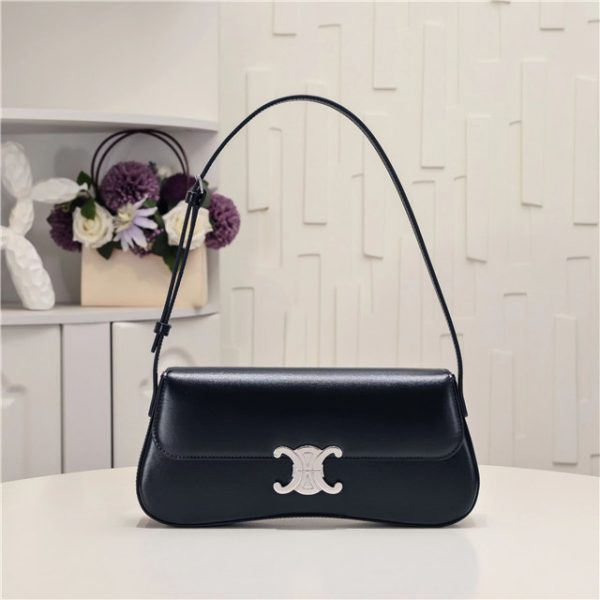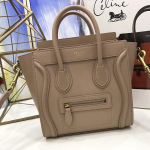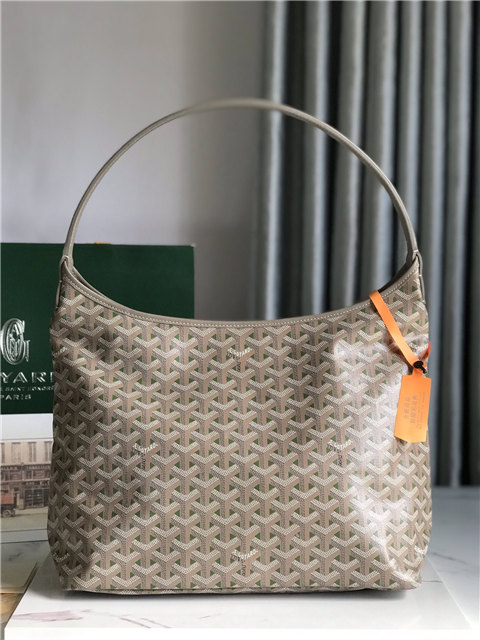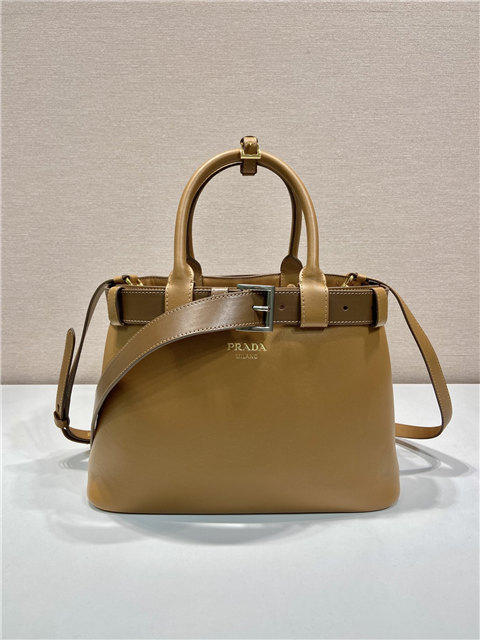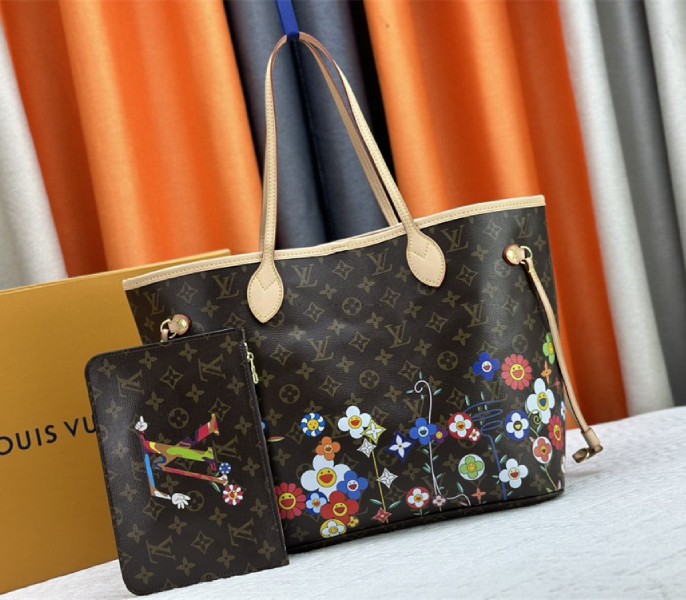First off, and this is kinda obvious, but check the *spelling*. Seriously. Bulgari *always* uses Roman letters: BVLGARI. If you see “Bvlgari” in lowercase, or just plain “Bulgari,” red flag! Big time red flag! Like, run-for-the-hills kinda red flag. It’s a dead giveaway that you’re dealing with a knock-off. I mean, come on, they can’t even get the name right?
Now, let’s get down to the nitty-gritty. I’ve seen some really bad fakes, like, *really* bad. Think unfinished edges, uneven surfaces… just generally janky looking. A real Bulgari, especially a B.Zero1, is all about that sleek, smooth finish. It’s a luxury item, for crying out loud! So, if it looks like it was made in someone’s garage (no offense to anyone’s garage workshops!), it probably was.
And speaking of the B.Zero1 design… this is where it gets interesting. Did you know that a genuine B.Zero1 ring, the *ring*, should actually compress and expand *slightly* when you press on it? I learned that from somewhere (don’t ask me where, my brain’s a sieve), but apparently fake rings are often solid and don’t have that give. I’m not 100% sure if this applies *directly* to the watch, but it’s a good thing to keep in mind. Maybe the watch band should have a similar feel? Hmm… something to think about, right?
Honestly, the best way to be sure you’re getting the real deal? Buy from a reputable source. Like, a legit authorized dealer. Yeah, it’ll cost you, but think of it as an investment in peace of mind. Plus, that feeling when you know you’re rocking the real thing is *priceless*.
But hey, sometimes you find a “too good to be true” deal, right? And that’s when you gotta be extra careful. Look closely at the details. The fonts, the engraving, the overall weight of the watch. Does it feel cheap? Probably is.

